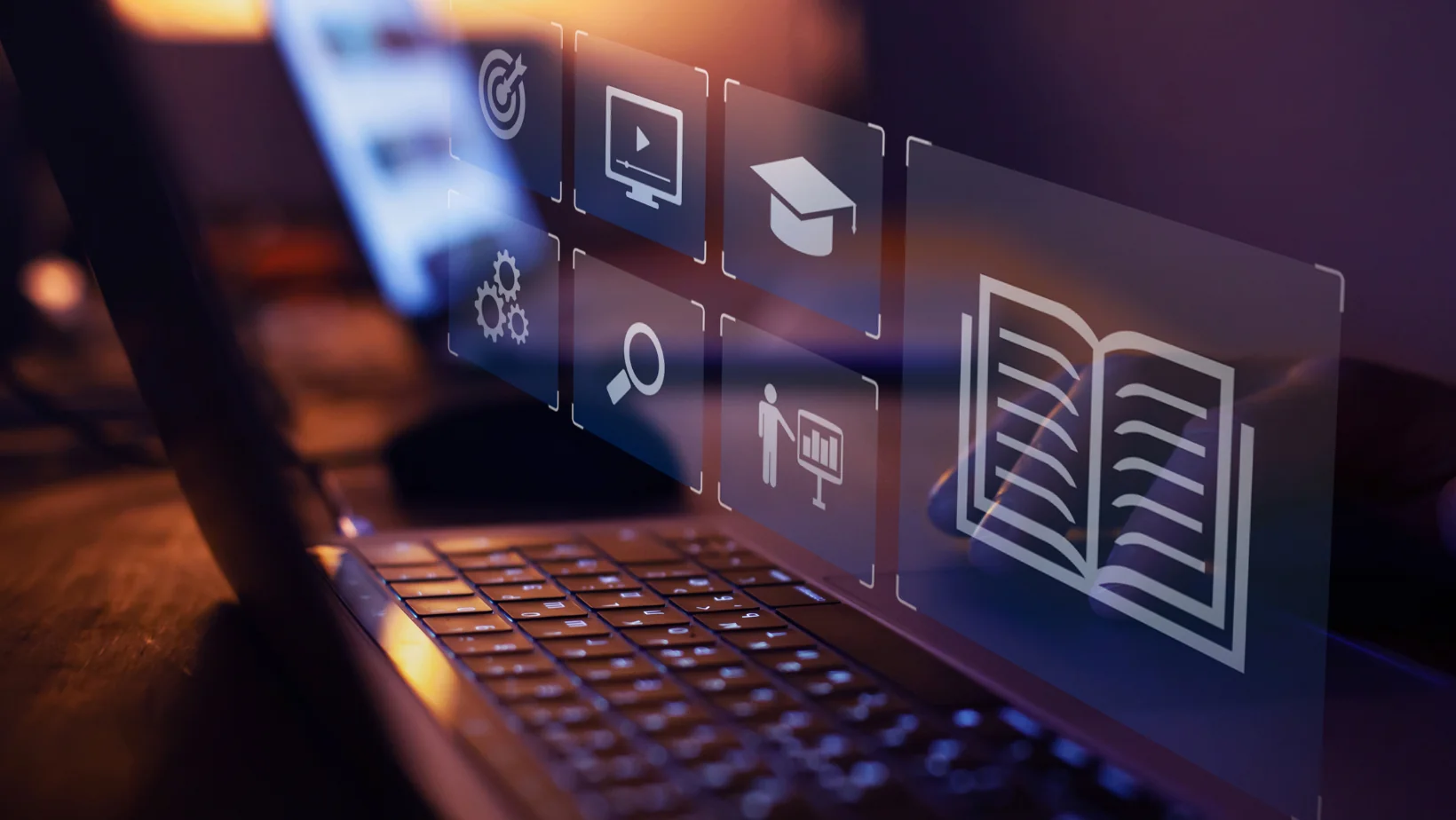In recent years, artificial intelligence (AI) has transformed many industries, and education is no exception. From adaptive learning platforms to intelligent tutoring systems, smart technology is reshaping both how students learn and how educators teach. As digital transformation accelerates, AI is emerging as a powerful ally in making education more personalized, efficient, and engaging.
Table of Contents
TogglePersonalized Learning at Scale
One of the most remarkable advantages of AI in education is its ability to deliver personalized learning experiences. Traditional classrooms often struggle to meet the diverse needs of students, but AI-powered platforms can tailor content and pace based on individual performance, preferences, and progress.
Adaptive learning systems analyze students’ responses in real-time, adjusting the level of difficulty and suggesting targeted resources to address learning gaps. This ensures that struggling learners receive extra support, while advanced students remain challenged and motivated. By focusing on the unique needs of each learner, AI enhances comprehension and retention, creating a more inclusive and effective educational environment.
Intelligent Tutoring and Feedback
AI-driven tutoring systems are another way technology is improving education. These virtual tutors are available 24/7, allowing students to receive immediate assistance outside of classroom hours. They can answer questions, explain concepts in multiple ways, and even provide feedback on assignments.

Such systems not only support independent learning but also reduce the workload for teachers. Instead of spending countless hours reviewing assignments manually, educators can rely on AI tools to evaluate performance, identify patterns, and flag areas needing improvement. This allows teachers to focus more on creative instruction and mentoring, rather than repetitive grading tasks.
Data-Driven Decision Making for Educators
Educators and administrators benefit immensely from the data analytics capabilities of AI. With the help of smart technology, schools and universities can gather comprehensive insights into student behavior, attendance, performance, and engagement levels.
These insights enable data-driven decisions regarding curriculum design, teaching methods, and resource allocation. For example, if a particular lesson consistently results in low engagement or poor scores, AI tools can highlight these issues, prompting timely adjustments. Teachers can also use predictive analytics to identify students at risk of falling behind and intervene before the problem escalates.
Enhancing Classroom Engagement with Interactive Tools
AI is also enriching the classroom experience by introducing a range of interactive and immersive tools. Virtual Reality (VR) and Augmented Reality (AR), powered by AI algorithms, enable experiential learning, where students can explore historical events, conduct scientific experiments, or take virtual field trips—all from their desks.
Gamified learning platforms use AI to adapt content difficulty and provide real-time feedback, making lessons more dynamic and engaging. These tools cater to different learning styles—visual, auditory, and kinesthetic—ensuring that every student has the opportunity to absorb and apply knowledge in a way that suits them best.
Language Learning and Accessibility
AI has significantly improved language learning and accessibility in education. Natural Language Processing (NLP) allows AI systems to understand, translate, and generate human language, making it easier for students to learn new languages and access content in their preferred language.
Speech recognition tools help learners practice pronunciation, while chatbots can simulate real-life conversations in multiple languages. For students with disabilities, AI offers voice-to-text, text-to-speech, and real-time captioning, breaking down communication barriers and promoting inclusivity in learning environments.
Transforming Administrative Tasks
Beyond the classroom, AI streamlines administrative processes in educational institutions. Tasks like scheduling, grading, enrollment, and even answering frequently asked questions can be automated using AI-driven systems. This not only reduces administrative burden but also ensures faster and more accurate handling of routine tasks.

For instance, chatbots can respond to student inquiries about admissions or deadlines, while AI scheduling tools can optimize class timetables and room assignments. These efficiencies translate into more time and resources for actual teaching and learning.
The Role of AI in Creative and Visual Learning
AI is not limited to analytical and academic applications; it also plays a significant role in creative education. From generating visual content to assisting in project-based learning, AI is redefining how creative skills are developed in schools.
Visual aids enhance understanding, especially in subjects like science, history, and geography. Apps using AI can generate customized infographics, charts, and animations, helping students grasp complex concepts through visual storytelling. These tools also allow learners to express their ideas creatively, which is particularly beneficial in arts and design-focused curricula.
In this context, invideo AI stands out by offering an ai presentation maker that simplifies the process of creating visually engaging educational content. Educators can easily design impactful slideshows that combine text, visuals, and voiceovers without requiring advanced design skills—saving time and enhancing delivery.
Empowering Students with Self-Directed Learning
AI encourages a shift from teacher-led instruction to student-centered learning. With access to AI-based tools and resources, students can explore topics at their own pace, revisit lessons they didn’t fully grasp, and dive deeper into subjects they find interesting.
AI virtual assistants and learning companions guide students through their learning journey, recommending resources, setting reminders, and tracking progress. This fosters autonomy and critical thinking, skills essential for lifelong learning and success in a rapidly changing world.
The Growing Popularity of AI-Enhanced Video Learning
Video content has become a core part of modern education, and AI is elevating it further. AI video platforms now enable educators and students to create, edit, and distribute content more efficiently than ever. These tools often come with automated editing, voiceovers, subtitles, and scene transitions, reducing the technical barriers to producing high-quality videos.
For example, various ai video apps are now being used to create educational content quickly and professionally. These apps can automatically structure lesson plans into video formats, add relevant imagery, and even adjust tone and pacing to match the audience. Such capabilities make it easier for teachers to prepare instructional videos and for students to create multimedia projects, boosting engagement and creativity in the learning process.
Ethical Considerations and Challenges
Despite its many benefits, the integration of AI into education raises some concerns. Data privacy, algorithmic bias, and over-reliance on technology are critical issues that educators and policymakers must address.
AI systems learn from data, and if that data is biased or incomplete, the outcomes can be unfair or misleading. Moreover, as students increasingly depend on AI tools, there is a risk of diminishing human interaction and critical thinking. It’s essential to strike a balance—leveraging the power of AI while ensuring it complements, rather than replaces, human educators.
Looking Ahead
As AI continues to evolve, its impact on education will deepen. Emerging technologies promise even more personalized, inclusive, and engaging learning experiences. However, the successful integration of AI in education depends on thoughtful implementation, ethical use, and continuous evaluation.
Teachers, students, and institutions must adapt to these changes by embracing digital literacy and fostering a culture of innovation. When used wisely, AI can be a powerful catalyst for educational transformation, making learning more accessible, effective, and future-ready for all.

